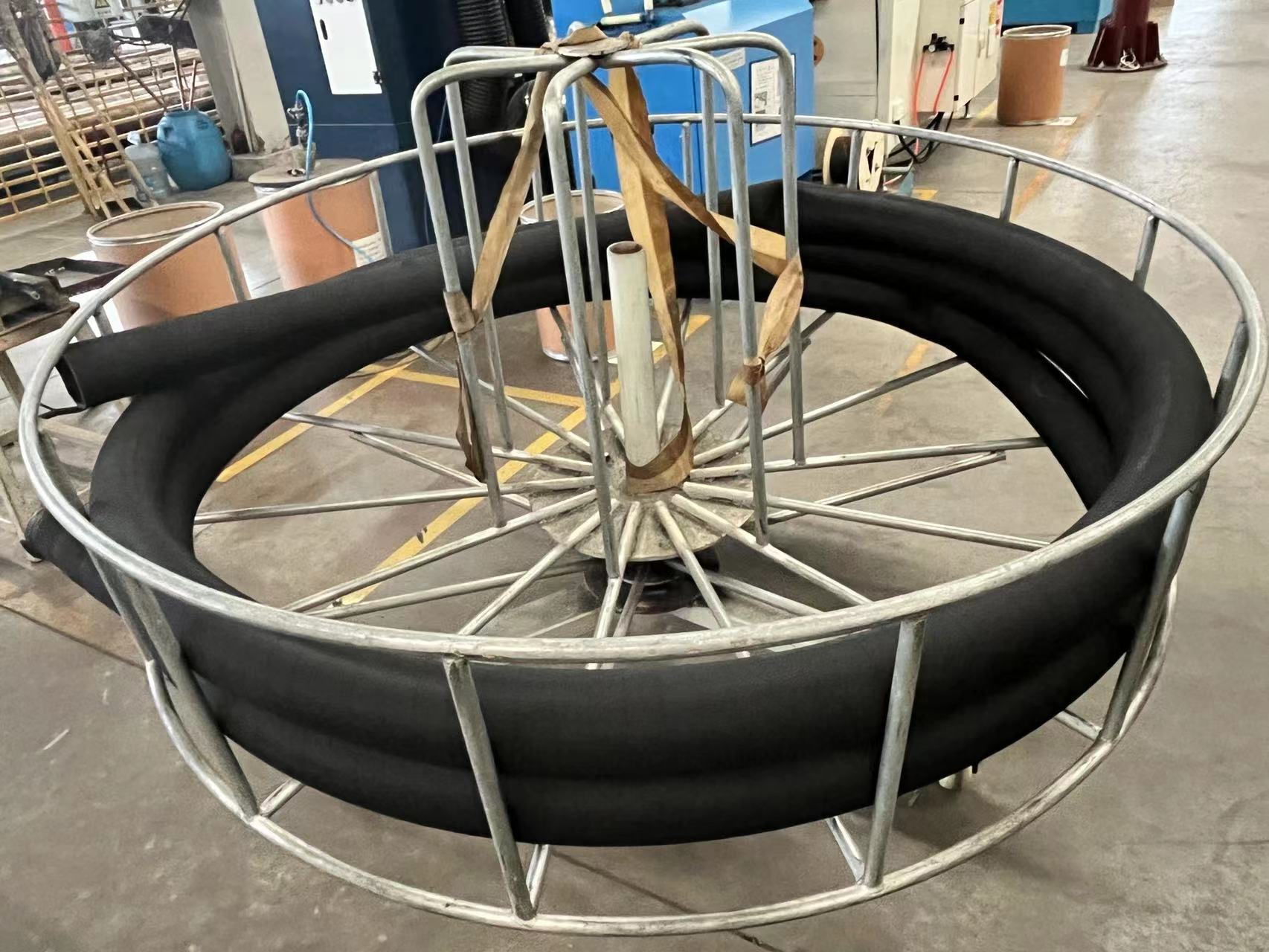Chemical-resistant hose: material selection and usage tips
2024-06-27 14:20:57
In the fields of chemical, medical, laboratory, etc., chemical-resistant hose is an important conveying pipeline and plays a key role in the liquid transmission process. Choosing the right chemical-resistant hose material can ensure the safety, corrosion resistance and stability of the pipeline, thereby improving work efficiency and ensuring the safety of operators. This article will introduce the classification, common materials, and usage tips of chemical-resistant hoses in detail to help you better understand and use chemical-resistant hoses.
Classification of chemical-resistant hoses
Chemical-resistant hoses can be divided into many types according to their materials, structures, and uses. Common ones include fluoroplastic hoses, silicone hoses, and neoprene hoses. Different types of chemical-resistant hoses have their own characteristics and are suitable for different working environments and media transportation. When choosing a chemical-resistant hose, it is necessary to fully consider factors such as the nature of the medium, working temperature, and pressure requirements to ensure that the appropriate pipe is selected.
Common chemical-resistant hose materials
1. Fluoroplastic hoses
Fluoroplastic hoses are favored for their excellent corrosion resistance and high temperature performance. Common fluoroplastic materials include polytetrafluoroethylene (PTFE) and fluororubber (FKM), which have excellent chemical inertness and high temperature resistance and are suitable for the transportation of corrosive media.
2. Silicone hose
Silicone hose has good softness and high temperature resistance and is widely used in the medical and food industries. Silicone hose has good elasticity and wear resistance and is suitable for use in special working environments.
3. Neoprene hose
Neoprene hose is a common general hose material with excellent oil resistance and ozone resistance. Neoprene hose is suitable for liquid transportation in general industrial fields and has stable and reliable operation.
Tips for using chemical-resistant hoses
1. Check the pipeline connection regularly
When using chemical-resistant hoses, regularly check whether the pipeline connection is firm and whether there are aging cracks. Ensure that there is no leakage at the pipeline connection to ensure the safety of liquid transportation.
2. Avoid excessive bending
During use, avoid excessive bending of chemical-resistant hoses to avoid affecting the flow of the medium in the pipeline and increasing resistance. Maintain the natural curvature of the pipeline to ensure smooth transmission of liquids.
3. Prevent direct sunlight exposure
During use, chemical-resistant hoses should be kept away from direct sunlight to reduce the risk of aging and deterioration. When storing, choose a ventilated and dry place to avoid moisture and heat.
Through the introduction of this article, I believe you have a more comprehensive understanding of the selection and use of chemical-resistant hoses. In actual work, rationally selecting chemical-resistant hose materials and paying attention to usage skills will improve work efficiency, reduce safety risks, and provide more protection for work operations.